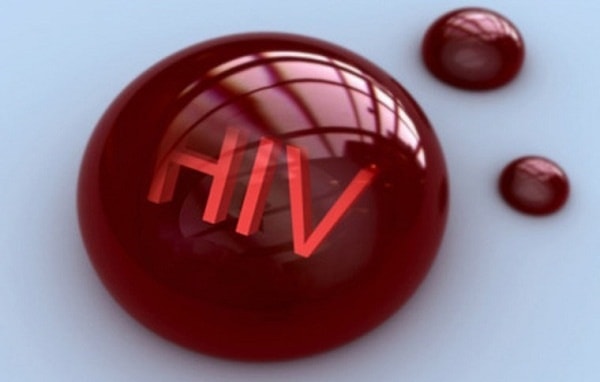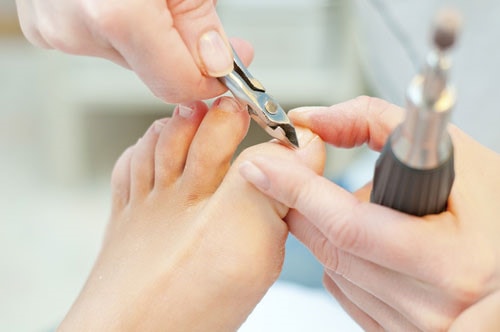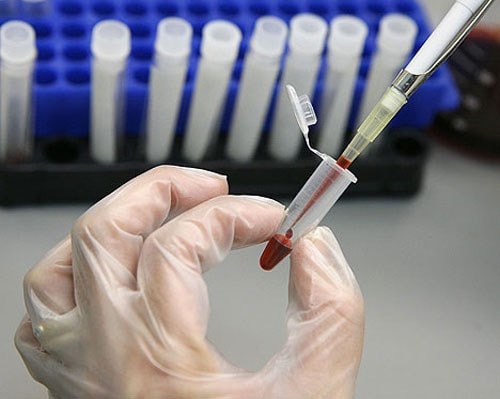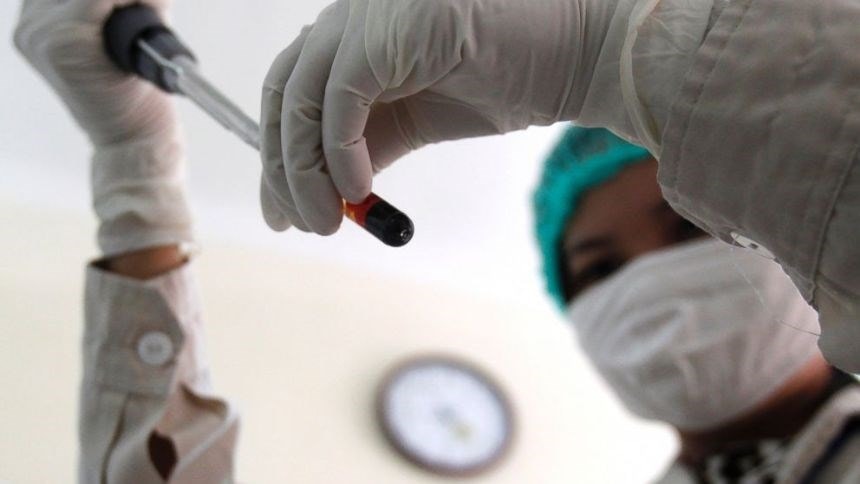HIV exposure and what you need to know
(Baonghean.vn) - The possibility of HIV exposure can occur when we give first aid to an accident victim with HIV. However, HIV infection is not that easy.
What is HIV exposure?
 |
| Illustration photo. |
According to the definition of the Ministry of Health, HIV exposure is a term used to refer to contact of mucous membranes or skin of an uninfected person with blood, tissue or other body fluids of another person leading to the risk of HIV infection. In reality, not all cases of HIV exposure mean that a person is infected with HIV. This depends on each specific behavior and the level of risk of those behaviors.
Cases of so-called HIV exposure due to:
Being stuck by a needle during a medical procedure, giving an IV or taking blood for testing. If the needle is a large, hollow bore needle that contains a lot of blood and penetrates deeply, the risk is higher than if the needle is a small bore needle that contains less blood and penetrates shallowly.
Wounds caused by scalpels or sharp instruments that poke or stab cause bleeding.
Skin injury due to broken tubes containing the patient's blood or body fluids.
Blood or body fluids of an HIV-infected person splash onto damaged skin or mucous membranes (eyes, nose, throat). If there are ulcers or extensive abrasions, the risk is higher.
Being pricked by another person with a used needle containing blood (containing HIV virus), or by people on duty (police, doctors...) providing emergency aid in traffic accidents, arresting criminals...
 |
| A 22-year-old British woman was shocked when she received a positive HIV test result, not from unsafe sex but from sharing nail tools with her younger sister. According to Zing |
Processing procedure
Step 1: Treat the wound on the spot: Immediately wash the wound under running water; let the wound bleed for a short time, do not squeeze the wound; wash thoroughly with soap and clean water.
If exposed through the eyes: Flush eyes with distilled water or 0.9% NaCl saline continuously for 5 minutes. Use an emergency eyewash if available (usually equipped in confirmation laboratories).
Exposure through oral and nasal mucosa: Wash nose with distilled water or 0.9% NaCl solution and gargle with 0.9% NaCl several times.
Step 2: Report to the person in charge and make a record (be sure to write down the full date and time).
Step 3: Assess the risk of exposure according to the degree of injury and area of exposure.
High risk:
Deep skin injury, heavy bleeding
Blood and body fluids of people with HIV splash into wounds and mucous membranes that have already been extensively ulcerated.
Low risk:
Superficial skin lesions with little or no bleeding
Blood and body fluids splash onto intact mucous membranes, causing inflammation and ulcers.
No risk: Blood and body fluids of an infected person splash onto intact, undamaged skin.
Step 4: Determine the HIV status of the exposure source. (These cases are called HIV exposure)
 |
| Blood test to determine the HIV status of the exposed person. Illustration photo. |
Step 5: Determine the HIV status of the exposed person. If the HIV test result is positive immediately after exposure, it means that the exposed person was already infected with HIV, not due to exposure.
Stop using ARVs for post-exposure prophylaxis. Counsel and refer the exposed person to an HIV treatment facility for treatment.
Step 6: Counsel the exposed person.
Step 7: Start ARV prophylaxis as soon as possible. It is best to start ARV treatment within 2-6 hours of exposure and no later than 72 hours. ARV treatment lasts for four weeks and can be done using the following regimens as prescribed by your doctor: ZDV + 3TC or d4T + 3TC.
Regime for people withHIV exposure
 |
| HIV exposure due to broken blood test tube stabbing hand. This situation also often happens to laboratory staff. Illustration photo |
According to government regulations, doctors and nurses who have occupational accidents or are exposed to HIV while examining and treating patients will be tested, given free preventive medication, and given 20 days off with full pay for treatment.
Those infected with HIV while on duty will receive a one-time allowance of at least 30 months' salary and will be entitled to retirement benefits after 20 years of service. If they die, their families will receive a death benefit, according to regulations.
Non-military personnel are not eligible for free HIV exposure treatment.
Pear Flower
(Synthetic)
| RELATED NEWS |
|---|


